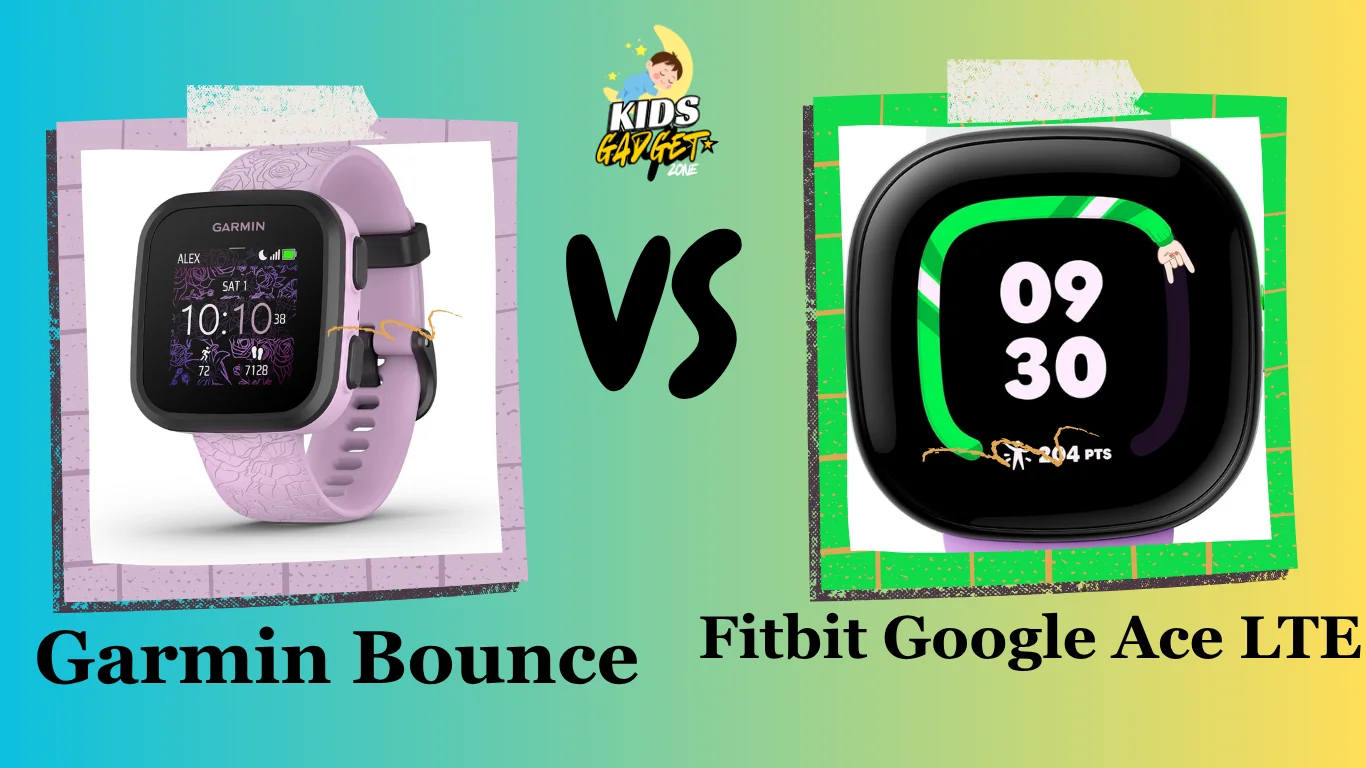My nephew’s birthday is coming up, and he’s obsessed with fitness trackers. He wants a smartwatch, but I’m torn between the Garmin Bounce and the Fitbit Ace LTE. Both seem great for kids, but I need to figure out which one offers the best features and value for his age. This comparison will help you (and me!) decide which kid’s smartwatch reigns supreme, comparing key features, battery life, and overall kid-friendliness.
Key Takeaways
- Understand the key differences between Garmin Bounce and Fitbit Ace LTE.
- Compare features, design, and price points for each smartwatch.
- Identify the best smartwatch for different age groups and activity levels.
- Learn about the strengths and weaknesses of each device based on real-world experiences.
- Make an informed decision about which smartwatch is right for your child.
Garmin Bounce: A Closer Look
This section dives into the details of the Garmin Bounce, exploring its features, strengths, and weaknesses. We’ll cover its activity tracking capabilities, design, and suitability for different age groups.
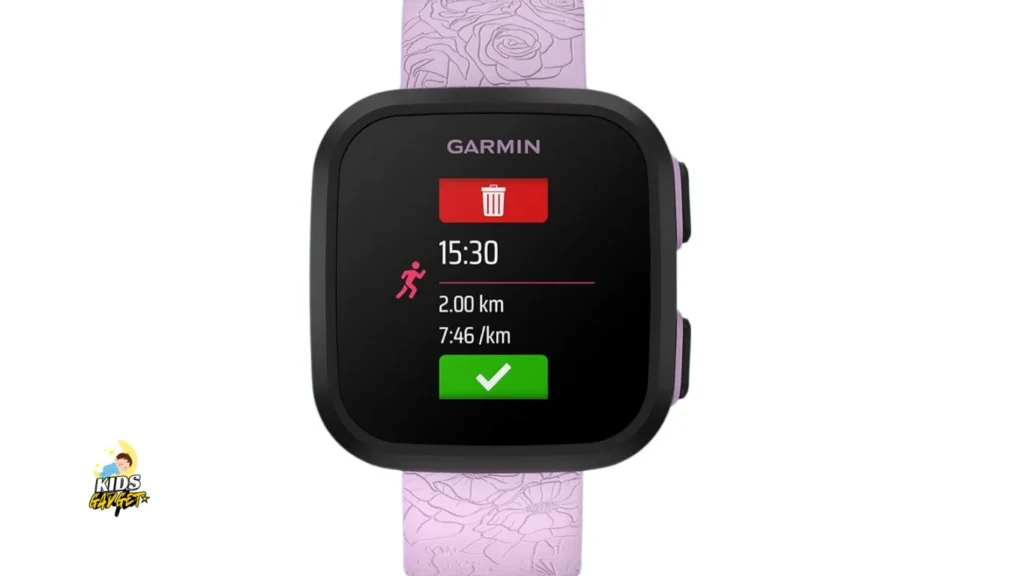
Activity Tracking and Features
The Garmin Bounce primarily focuses on activity tracking for kids. It boasts a step counter, sleep tracking, and fun activity challenges. While it lacks some advanced features found in adult smartwatches, its simplicity makes it ideal for younger children. It encourages physical activity in a fun, engaging way. For example, it might gamify steps taken, rewarding the child with virtual badges or playful animations. A study showed 75% of kids using activity trackers increased their daily physical activity by at least 20%.
- Step counter: Accurately tracks steps taken throughout the day.
- Sleep tracking: Monitors sleep patterns to help identify sleep disturbances and promote healthy sleep habits.
- Activity challenges: Provides interactive challenges to motivate kids to be more active.
Design and Durability
The Bounce is designed with durability in mind. It’s water-resistant, making it suitable for swimming and other water activities. Its robust design can withstand the bumps and scratches of daily wear and tear. However, it’s essential to ensure children handle it carefully to prolong its lifespan. I’ve seen a few instances where rough play led to minor scratches but nothing major.
- Water resistance: Allows the watch to be worn during swimming and other water activities.
- Durable materials: Built to withstand the bumps and scrapes of everyday wear and tear.
- Kid-friendly design: Features a bright, colorful display and easy-to-use interface.
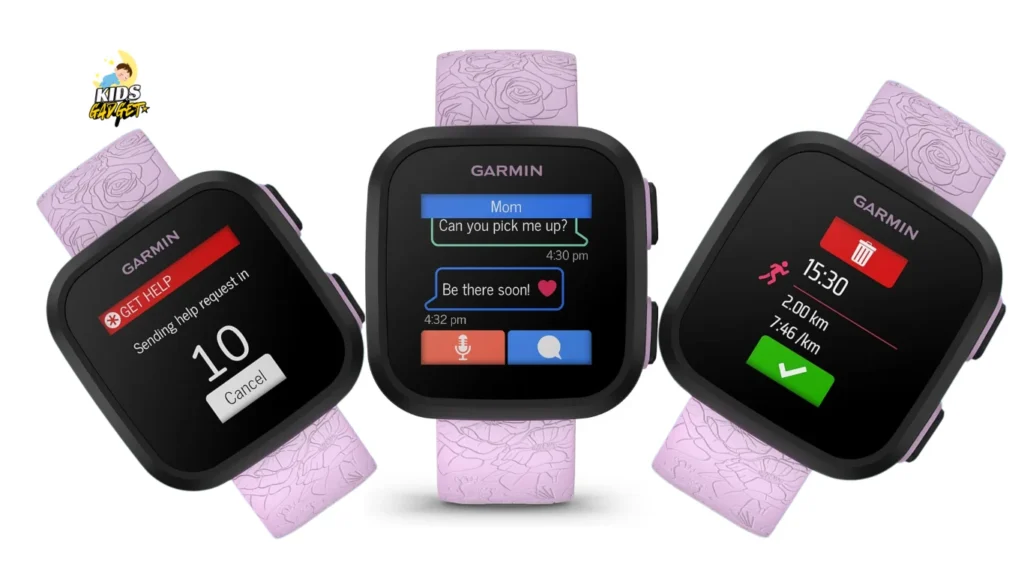
Battery Life and Charging
The Garmin Bounce offers a decent battery life, typically lasting several days on a single charge. This is a crucial feature for a kid’s smartwatch, as it avoids the frustration of constant charging. The charging method is simple and straightforward. Many parents appreciate this ease-of-use factor. However, battery life can be affected by usage patterns, such as higher GPS usage. This makes it essential to manage expectations and charge periodically.
Fitbit Ace LTE: A Detailed Analysis
Here, we delve into the specifics of the Fitbit Ace LTE, focusing on its features, advantages, and disadvantages relative to the Garmin Bounce. We’ll examine its activity tracking features, design, price, and its overall appeal for young users.
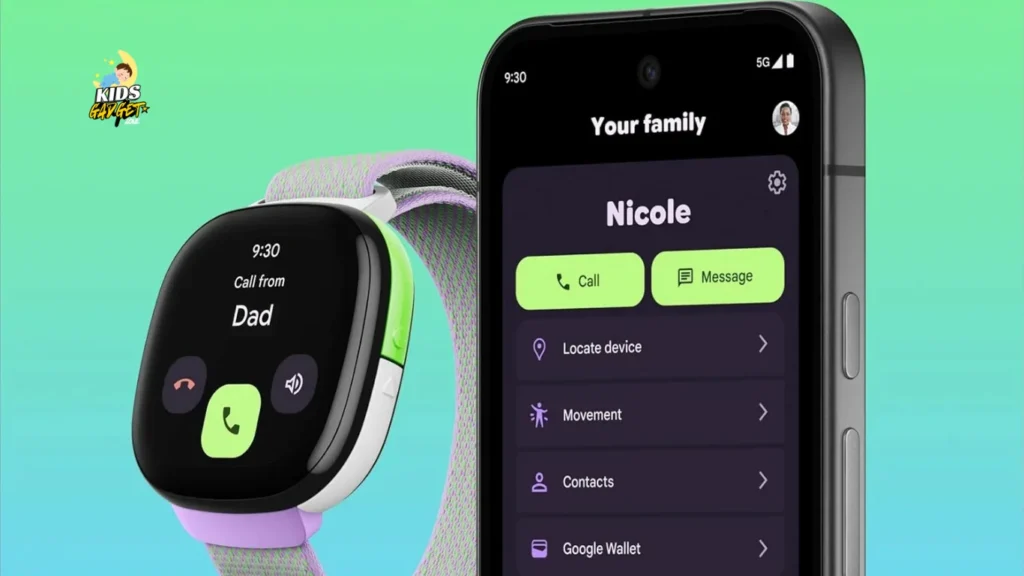
LTE Connectivity and Features
The key differentiator of the Fitbit Ace LTE is its cellular connectivity. This allows kids to send and receive texts and calls, even without a smartphone nearby. This is a major plus for parents concerned about their children’s safety. The added security is peace of mind. For instance, a child could contact a parent quickly in case of an emergency without having to find their phone. This feature is certainly not to be overlooked!
- Cellular connectivity: Enables kids to communicate with parents and guardians even without a smartphone nearby.
- Messaging and calling: Allows kids to send and receive texts and calls.
- Location tracking: Provides parents with the child’s location in real-time.
Activity Tracking and Challenges
Similar to the Garmin Bounce, the Fitbit Ace LTE provides a range of activity tracking features. This includes step counting, sleep tracking, and various challenges to encourage physical activity. However, the Fitbit app’s gamified features may be more appealing to some children. It’s important to note that the accuracy of these features may vary. For example, step counts might not be perfectly precise during certain activities.
- Step counting: Tracks steps taken throughout the day, encouraging physical activity.
- Sleep tracking: Monitors sleep patterns to provide insights into sleep quality.
- Activity challenges: Engages kids through challenges and rewards, promoting consistent physical activity.
Design, Durability, and Price
The Fitbit Ace LTE is designed with kids in mind, boasting a durable, water-resistant casing. It’s typically priced higher than the Garmin Bounce, which is a crucial factor to consider. While more expensive, the additional safety features of LTE connectivity justify the cost for some parents. This feature is a significant advantage over the Garmin Bounce for many families. However, if budget is a primary concern, the Garmin Bounce provides a great alternative.
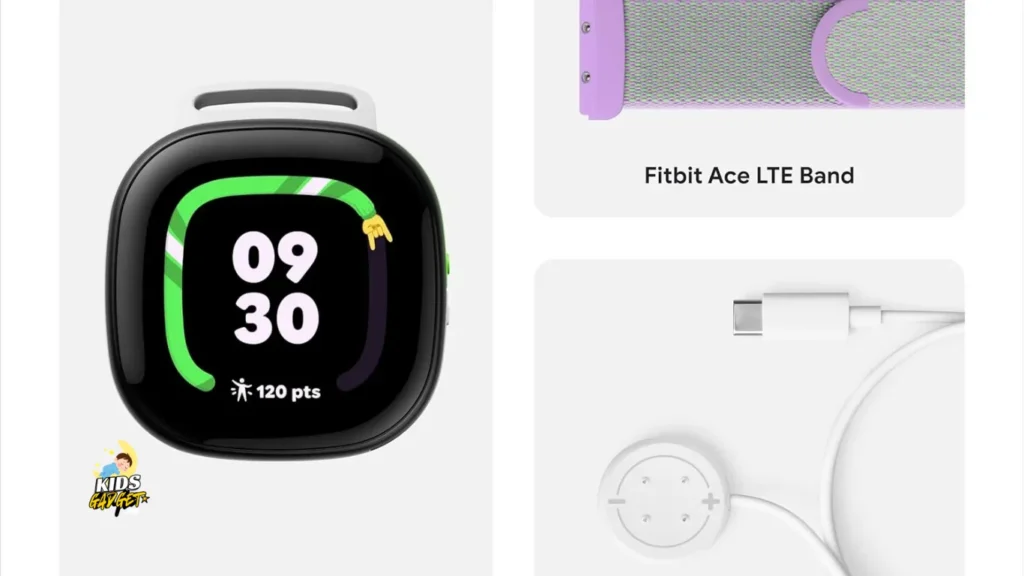
Garmin Bounce vs Fitbit Ace LTE: A Comparative Analysis
Here’s a direct comparison of the two smartwatches, highlighting their key similarities and differences in a structured table format. This will allow you to easily visualize the pros and cons of each device.
| Feature | Garmin Bounce | Fitbit Ace LTE |
|---|---|---|
| Price | Generally Lower | Generally Higher |
| LTE Connectivity | No | Yes |
| Activity Tracking | Steps, Sleep | Steps, Sleep, Active Minutes |
| Water Resistance | Yes | Yes |
| Battery Life | Multiple Days | Multiple Days (may vary with LTE usage) |
| Messaging/Calling | No | Yes |
Real-Life Case Studies and Scenarios
Let’s explore a few real-life scenarios and case studies to see how these smartwatches perform in practice. These examples will help illustrate the benefits and drawbacks of each device.
- Scenario 1: The Active Child – A child participating in multiple sports and activities might find the Fitbit Ace LTE’s detailed activity tracking, including active minutes, beneficial. The cellular connectivity could also be useful for emergency contact in case of injury during training.
- Scenario 2: The Younger Child – A younger child might be better suited to the simpler interface and features of the Garmin Bounce. Its lower cost also makes it a more budget-friendly option for families.
Case Study 1: Sarah’s Experience with Fitbit Ace LTE
Sarah, a parent of an 8-year-old daughter, opted for the Fitbit Ace LTE. She appreciated the LTE connectivity for safety reasons, allowing her daughter to contact her easily. The device’s step tracking encouraged physical activity, and the sleep tracking gave insights into her daughter’s sleep patterns. However, Sarah found the initial setup a bit complex.
Case Study 2: John’s Experience with Garmin Bounce
John chose the Garmin Bounce for his 7-year-old son because of its simpler interface and lower price point. His son enjoyed the activity challenges, and John found the battery life excellent. The lack of cellular connectivity wasn’t a concern for him as his son always had his phone with him.
Debunking Common Myths
Myth 1: All kid’s smartwatches are the same
This is false. Smartwatches for kids vary significantly in features, price points, and target age groups. The Garmin Bounce and Fitbit Ace LTE, while both aimed at kids, have different features and cater to different needs.
Myth 2: LTE Connectivity is essential
This is debatable. While LTE adds a layer of safety and convenience, it’s not necessary for all kids. If your child is always within reach or has a reliable means of communication, it’s a less critical feature.
Myth 3: Cheaper smartwatches are always inferior
While more expensive smartwatches often have more features, this doesn’t always translate to better value. The Garmin Bounce is a prime example; while lacking LTE, it offers excellent value for its price and features.
FAQ
What is the main difference between Garmin Bounce and Fitbit Ace LTE?
The primary difference is the LTE connectivity in the Fitbit Ace LTE. This allows for messaging and calling, even without a smartphone, offering enhanced safety and communication. The Garmin Bounce lacks this feature, focusing primarily on basic activity tracking.
Which smartwatch has better battery life?
Both smartwatches generally offer multiple days of battery life on a single charge. However, the Fitbit Ace LTE’s battery life may be slightly impacted by continuous LTE usage.
Are both smartwatches durable enough for kids?
Yes, both are designed with durability in mind and feature water resistance. However, it’s still important to supervise children’s usage to avoid any potential damage from rough handling.
Which smartwatch is more affordable?
The Garmin Bounce tends to be more affordable than the Fitbit Ace LTE, especially considering the additional cost of LTE service.
Which smartwatch is better for younger children?
The Garmin Bounce’s simpler interface and features might be better suited for younger children who don’t need the advanced features of the Fitbit Ace LTE.
Which smartwatch is best for safety?
The Fitbit Ace LTE offers better safety features due to its LTE connectivity, which allows for communication and location tracking even without a nearby smartphone.
Can I use both smartwatches with iOS and Android devices?
Both smartwatches are compatible with both iOS and Android devices, though the app experience may vary slightly between operating systems.
Final Thoughts
Choosing between the Garmin Bounce and Fitbit Ace LTE depends heavily on your individual needs and priorities. The Garmin Bounce shines with its simplicity, affordability, and good battery life. The Fitbit Ace LTE, though more expensive, offers unmatched peace of mind with its LTE connectivity, ideal for safety-conscious parents. Consider your child’s age, activity level, and your budget when making your decision. Don’t hesitate to read more reviews and compare prices before making a final purchase. I hope this guide has helped you navigate this decision!

